How to design for powerful connection and learning at large meetings
 How can we design for powerful connection and learning at large meetings?
How can we design for powerful connection and learning at large meetings?
Although you’d never guess it from reading meeting industry trade journals, most meetings are small meetings, and this is a good thing if you want effective and relevant connection and learning to take place.
Large meetings stroke owners’ and leaders’ egos, and can supply impressive spectacle. They are appropriate places to launch campaigns and mass announcements and can be very profitable. However, they are poor vehicles for creating the useful participant learning, connection, and outcomes that well-designed small conferences can deliver.
So if you are (un)fortunate enough to be the owner or designer of a large meeting, what can you do to maximize participant value?
You need to satisfy four core requirements for optimum learning and connection:
- Provide sessions focused on content that participants care about.
- Design for small sessions and/or have participants work together in small groups.
- Use interactive formats.
- Include closing sessions that consolidate learning, build community, and explore the group’s future.
Let’s take a look at each of these requirements in more detail.
Content that participants care about
Traditional large conferences use the “kitchen sink” {aka “spray and pray”} approach of stuffing sessions on every potentially interesting topic into the program. Slightly more sophisticated conferences attempt to determine in advance the topics that attendees say they want.
Unfortunately, years of research by yours truly has shown that when conference sessions are chosen in advance, the majority of them are not what attendees want and need {here’s an example}. It’s like John Wanamaker describing advertising: “Half the money I spend on advertising is wasted; the trouble is I don’t know which half.”
There’s no way to know in advance which sessions you’ve prescheduled will meet participants’ wants and needs.
To be sure of scheduling sessions about content that participants actually care about, you’ll need to uncover and satisfy their actual wants and needs at the event. Luckily, doing this isn’t rocket science — I’ve been crowdsourcing programs in many different ways for 33 years.
Want to learn more? My 2009 book Conferences That Work describes one way to create an entirely crowdsourced multi-day conference. Here’s another way to do it for a one-day conference. If you have only a few hours Open Space is useful (though, in my opinion, overrated). Finally, check out my latest book Event Crowdsourcing which covers everything I’ve learned about crowdsourcing programs at meetings.
Small sessions and/or small group work
One of the reasons why small conferences with a well-defined niche audience work well is that participants don’t have to waste time meeting people with whom they have little in common. Large meetings attempt to create the same environment by scheduling multiple conference tracks and concurrent breakout sessions. Often, however, the resulting sessions are still too large for people to easily make useful connections and/or learn from each other.
Unless you use interactive formats (see below), not much useful learning can happen in an hour with a hundred attendees.
One simple approach to reduce the size of large sessions is to run them simultaneously in several rooms. Or you can repeat them at different times. Distribute interested participants between multiple sessions, either by preallocation (for simultaneous sessions) or personal choice. I use this approach to run The Three Questions as an opening plenary at large conferences.
Small sessions, with thirty or fewer participants, should be the goal. Such sizes invite less formal formats where it’s easier for participants to ask questions, influence what is covered and discussed, and contribute their expertise and experience to the learning environment.
Finally, large sessions can work effectively if they have a significant small group work component. For example, some of the session formats I design and facilitate — for example, The Solution Room, RSQP, and The Personal Introspective — scale to work with any number of participants because most of the important work is done in small groups.
Remember, small is beautiful!
Interactive formats
Designing genuinely useful sessions for large groups is challenging work and typically requires incorporating small group work as described above. However, I have had great success facilitating highly interactive discussions of “hot topics” with hundreds of people. By interactive, I don’t mean that five people monopolize the entire discussion. Typically about forty people are “up on stage” at some point, most of whom had no inkling beforehand that they had something useful to contribute.
I call the format I’ve developed the Fishbowl Sandwich, and you’ll find full details on how to design and prepare such a session in Event Crowdsourcing.
Closing sessions
Most meetings squander the experiences they create. How? By failing to provide structured time to consolidate and reflect on individual and group learning and explore consequent future change. You can improve all meetings by including closing sessions that:
- Help participants consolidate what they’ve learned during the conference and determine the next steps; and
- Provide an opportunity for participants to reflect on the event, build community, and uncover new opportunities for future activities together.
Luckily, formats that satisfy these important needs — The Personal Introspective and Group Spective — can be run for meetings of any size.
Include them!
Final thoughts
Designing for connection and learning at large meetings by incorporating sessions like the ones I’ve outlined above? Bear in mind that interactive sessions typically require more time than traditional lecture-style presentations. Active learning is messy and risky, and creating an effective and safe learning environment takes more time than simply listening to or viewing speaker content.
About to schedule crowdsourcing, interactive formats, and closing sessions? Investigate the amount of time they’ll need, so you don’t sabotage them by cramming them into a timeslot that can’t do them justice. The links above are good resources. Investigate them, apply their principles, and make your large conferences better!

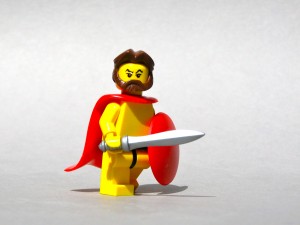
![The best way to fundamentally improve your dull conference: Photograph of Adrian Segar [back to the camera, purple shirt] facilitating at a Conference That Work. Participants are sitting in a single large circle in a large wood-paneled hall.](https://www.conferencesthatwork.com/wp-content/uploads/2018/01/VT-Vision-2012-Roundtable-640x370.jpg)
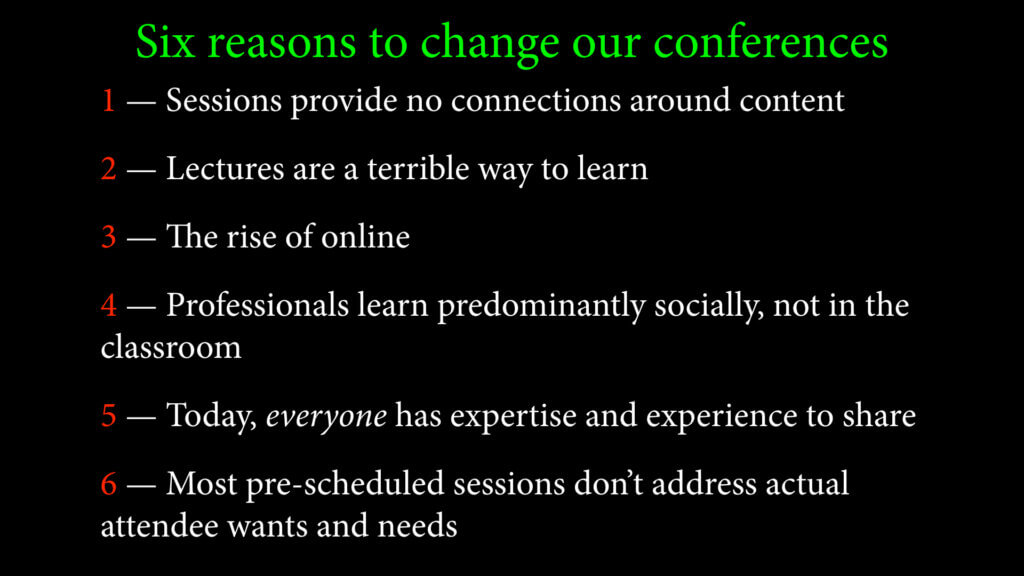 In my keynote at Blend Abu Dhabi, the inaugural meeting industry conference at the new
In my keynote at Blend Abu Dhabi, the inaugural meeting industry conference at the new 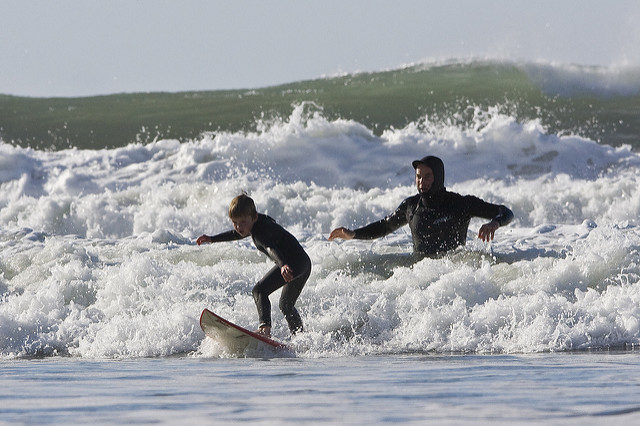 Why is experiential learning superior to every other kind? In a word: feedback.
Why is experiential learning superior to every other kind? In a word: feedback.  Why do some learning experiences stay burning in our brains and others fade into oblivion? Transformational learning is the key!
Why do some learning experiences stay burning in our brains and others fade into oblivion? Transformational learning is the key!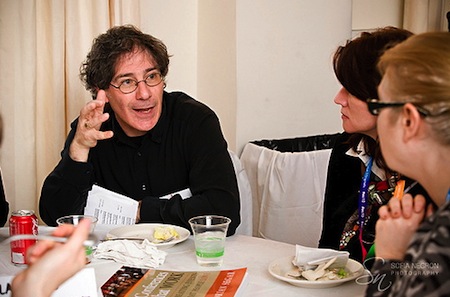 That’s what happened at Event Camp 2010. We came together for the first time and discovered kindred souls who were thirsting to learn and share about how to make meetings better. And in one day, our positive emotional connection changed our preconceptions of what meetings could be.
That’s what happened at Event Camp 2010. We came together for the first time and discovered kindred souls who were thirsting to learn and share about how to make meetings better. And in one day, our positive emotional connection changed our preconceptions of what meetings could be.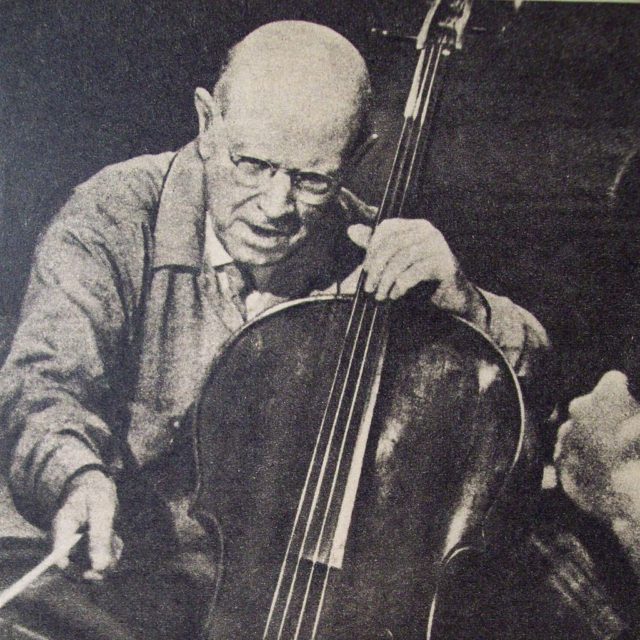
 Most people won’t ask questions at meetings. So how can you get authentic audience engagement at your events?
Most people won’t ask questions at meetings. So how can you get authentic audience engagement at your events? Make Sure Your Meeting Messages Are Received!
Make Sure Your Meeting Messages Are Received!